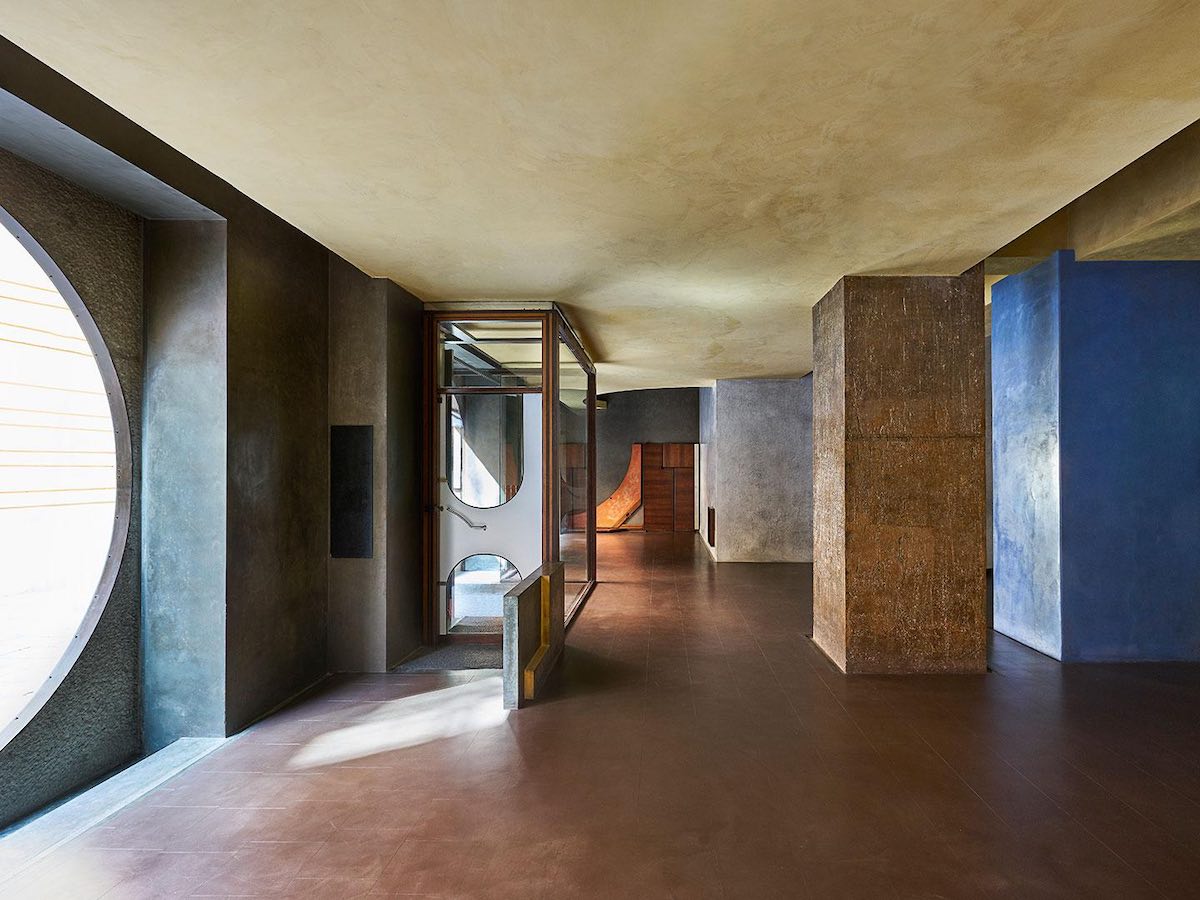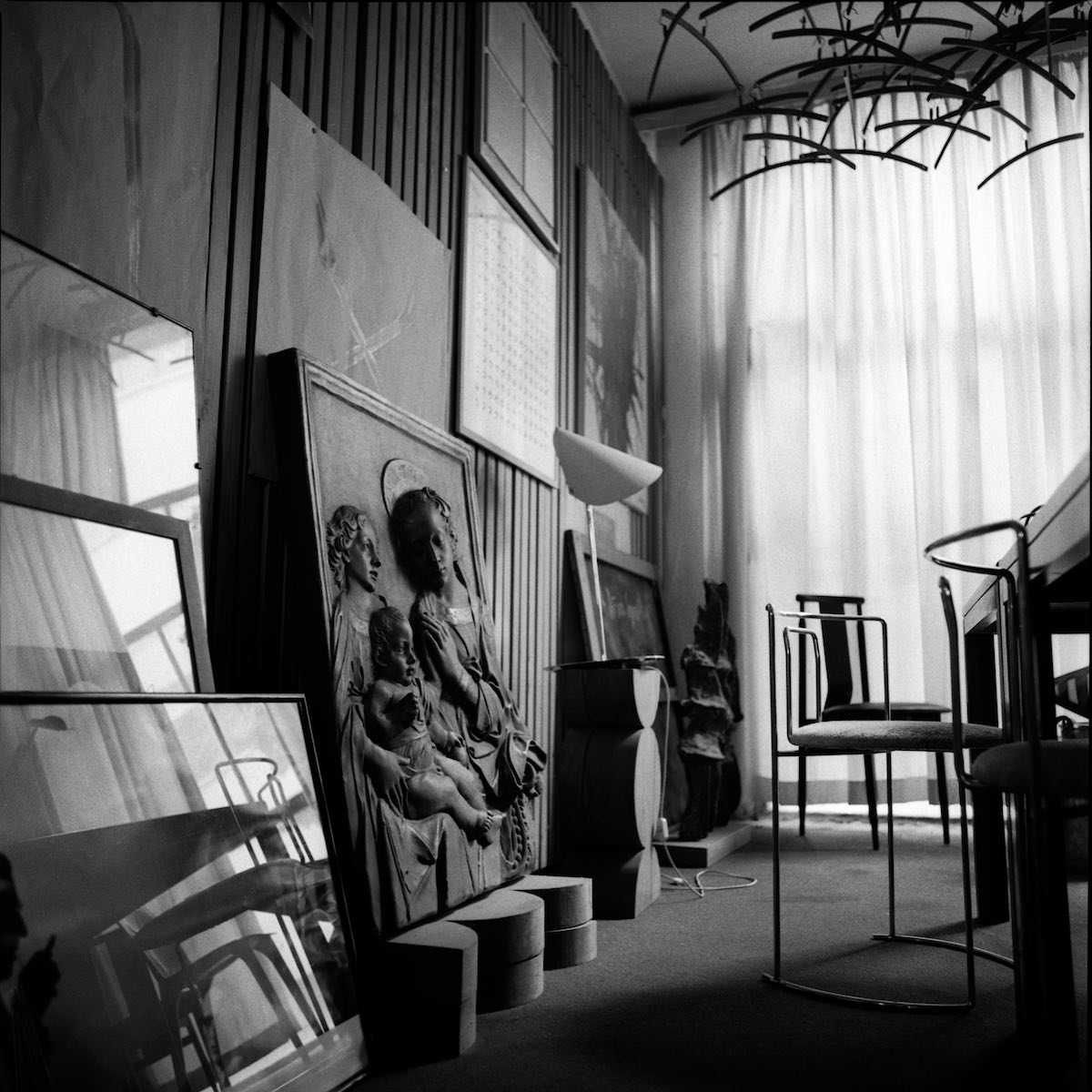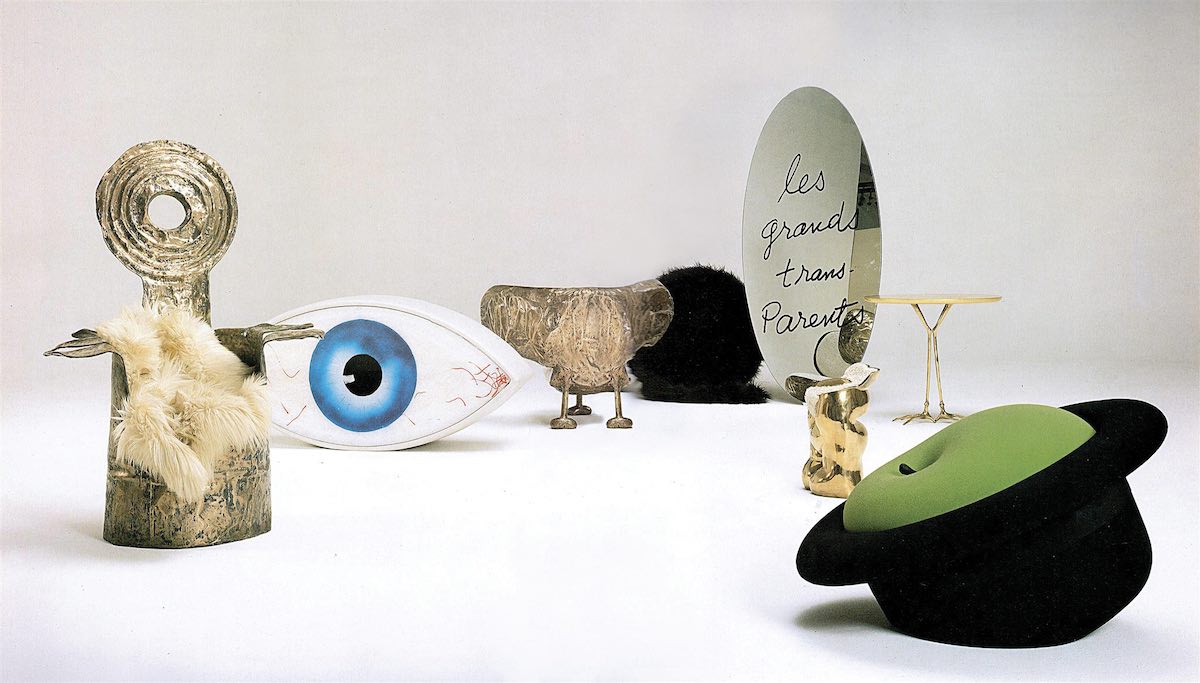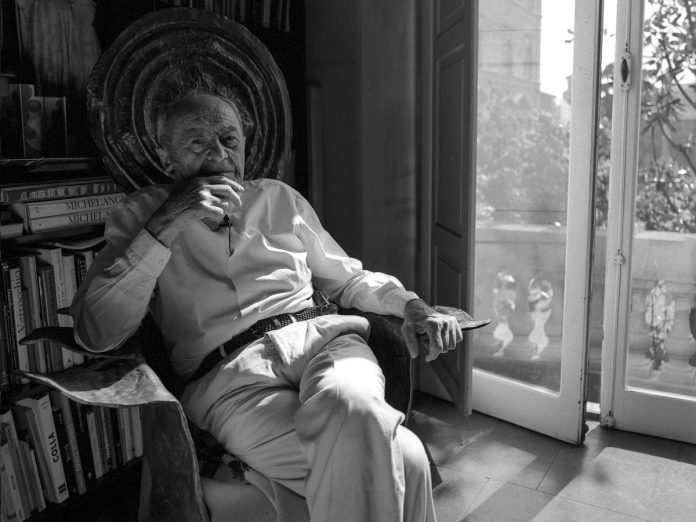Creativity, which feeds on imagination and daring, is not just a gift that can be nurtured – it can also be contagious. Back in the 1960s, and a thousand kilometers away from the avant-garde exploits overseas, in the small and rather provincial city of Bologna an important chapter in history was being written, which has partially been forgotten today, that that makes it no less revolutionary.
Dino Gavina, the ‘subversive’ entrepreneur (as was written on his business cards), was laying the groundwork for an extraordinary epic. “The most emotional and impulsive builder of furniture in the world,” as the architect Marcel Breuer said, was dusting off the archives of the Bauhaus and the legendary Wassily chair, putting it back on the market, while preparing his ‘team’ play the first match of design.

Years later, that small city is back in the news, tracing back through that dream and honoring the centennial of the birth of one of its most illustrious and controversial personalities.
Until 7 November (Gavina’s birthday) a distributed exhibition titled Cento % Dino narrates the man and his inner spirit, also thanks to extraordinary photographs taken by Margherita Cecchini, who as little more than a child had the good fortune to spend an entire day with the entrepreneur. He is seen without posing, seated on the Catilina by Luigi Caccia Dominioni and the Margarita by Roberto Matta, with bright eyes that look beyond, defying the present.


To see these images, just go to the gallery Paradisoterrestre in the city center, right next to Piazza Maggiore, where Gherardo Tonelli, owner of the gallery and of the brand that has reissued many of Gavina’s pieces, has prepared a parade of highly poetic furnishings for visitors, all belonging to the Ultramobile collection from 1971.
A capsule collection, we might say nowadays, the Gavina would have called it an ‘operation,’ which as was the norm in the avant-garde era also had a manifesto, which read as follows: “your home is inhabited by objects… for you, they are sluggish, unpredictable animals, which the habit of forms and coexistence has made dull, static, lifeless… but we want every object in the house of man to stake out its primordial wonder in the space, for every object to stand out at the ends of the corridors.”

If this is done by the famous eye of Le Témoin by Man Ray, which can be turned over to become a seat, we can immediately grasp the poetic impact of this project, which apart from the Surrealist master involved artists of the caliber of Alan Irvine, Marion Baruch, Roberto Matta, Constantin Brancusi and Novello Finotti.
Inside the gallery the furnishings arranged against a rigorous while background act out a live tableau of the cover of the firm’s catalogue in the 1970s. The exhibition is also an opportunity to visit the city and to enter the prestigious institutional location of the Sala d’Ercole at Palazzo d’Accursio, on Piazza Maggiore, where another treasure with a neoclassical tone is lurking in the hall: the reproduction on a scale of 1:1 of the “house within a house,” the private refuge Gavina made inside his own home (and which still exists).
Bold and flamboyant in private and in public, Gavina had an absolutely ambitious dream: he wanted to demonstrate that industrial production could be better than craftsmanship, in a time when people in search of a sofa would head directly for an upholsterer’s workshop.

He was obstinate, but he was right. In the end he started from several very simple premises, which are still valid today: the factory guarantees quality, it makes it possible to reproduce beauty in an affordable way for the greatest number of people, and it makes the dreams of great designers, artists and architects come true, even if they seem impossible.
In the 1960s, with the help of the Castiglioni brothers for the design, Gavina produced the famous San Luca chair, strictly inside the factory. Many designers, from Scarpa to Takahama, then followed. As well as other entrepreneurs, and in fact Flos was founded by him, together with Cesare Cassina.
In his ‘factory’ the fate of design was fulfilled and history was written, because this was the source of many unforgettable pieces, like the Doge and Orseolo tables by Carlo Scarpa, (who also designed the Gavina store/gallery, third location of the exhibition) the Bastiano sofa and Pigreco chair by Tobia Scarpa, the Bramante cabinets by Kazuhide Takahama and the Digamma by Ignazio Gardella, just to name a few. Because, as Gavina said: “Modern is what deserves to become antique. Modern is the spirit of the times, but the true form cannot but be classical.”







